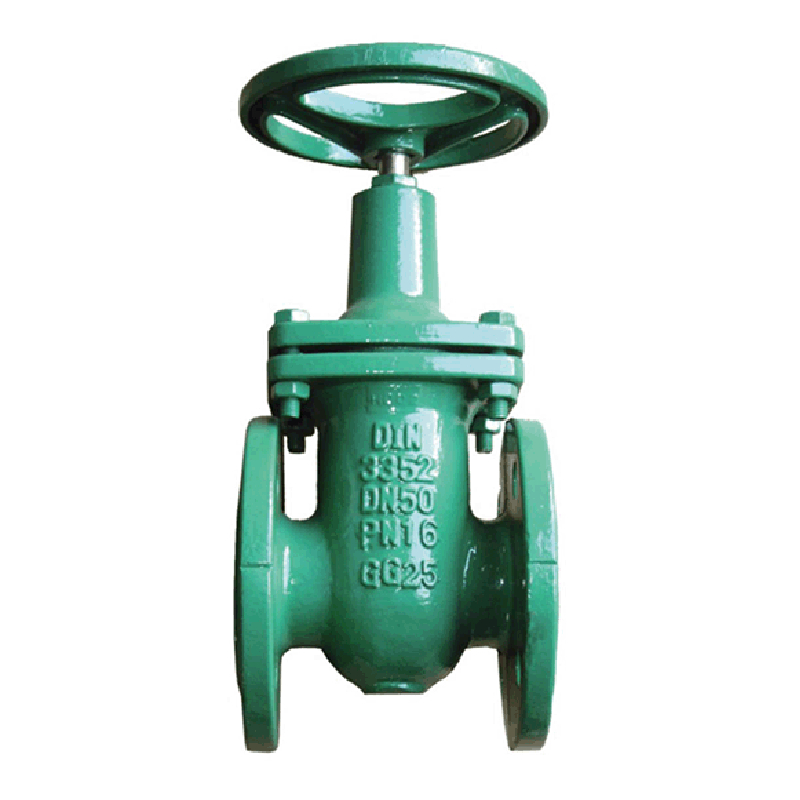अक्ट . 08, 2024 08:39 Back to list
Understanding the Functionality and Benefits of Rubber Expansion Joints in Piping Systems
Understanding Rubber Expansion Joints
Rubber expansion joints play a crucial role in various industrial applications by accommodating movement, reducing stress, and minimizing vibration within piping systems. These flexible components are designed to absorb thermal expansion and contraction, as well as to mitigate misalignments between connected pipes. Their design is characterized by a rubber body, which provides elasticity and durability, making them an essential part of fluid handling systems.
One of the main benefits of rubber expansion joints is their ability to handle axial, lateral, and angular movements. When pipes transport fluids that can experience fluctuating temperatures, the materials may expand or contract, leading to potential damage. Rubber expansion joints effectively counteract these movements, ensuring that the integrity of the piping system is maintained. This is especially important in thermal systems, where temperature variations can be significant.
The construction of rubber expansion joints typically includes multiple layers of rubber and fabric reinforcements, allowing them to withstand internal pressure while providing the necessary flexibility
. Various types of rubber compounds are used, such as EPDM, neoprene, and fluorocarbon, each selected based on the specific requirements of the application, including temperature resistance and chemical compatibility.rubber expansion joint

In addition to movement absorption, rubber expansion joints are essential for reducing noise and vibration. Many industrial processes generate substantial vibrations that can lead to equipment wear and tear. By incorporating these joints into the system, companies can significantly decrease operational noise levels, leading to a more pleasant working environment and extending the lifespan of machinery.
Furthermore, rubber expansion joints are relatively easy to install and maintain. Their lightweight design simplifies handling during installation, and regular inspections can ensure longevity and performance. However, monitoring for wear and tear is crucial, as environmental factors and fluid properties can impact their lifespan.
In summary, rubber expansion joints are vital in maintaining the integrity and efficiency of piping systems across various industries. Their ability to absorb movement, reduce vibration, and withstand varying temperatures makes them indispensable. By investing in quality rubber expansion joints and prioritizing regular maintenance, industries can ensure optimal performance and minimize the risk of downtime due to piping failures. As technology advances, the design and materials of rubber expansion joints continue to improve, promising even greater reliability and efficiency in the future.
Share
-
Reliable Wafer Type Butterfly Valves for Every IndustryNewsJul.25,2025
-
Reliable Flow Control Begins with the Right Ball Check ValveNewsJul.25,2025
-
Precision Flow Control Starts with Quality ValvesNewsJul.25,2025
-
Industrial Flow Control ReliabilityNewsJul.25,2025
-
Engineered for Efficiency Gate Valves That Power Industrial PerformanceNewsJul.25,2025
-
Empowering Infrastructure Through Quality ManufacturingNewsJul.25,2025